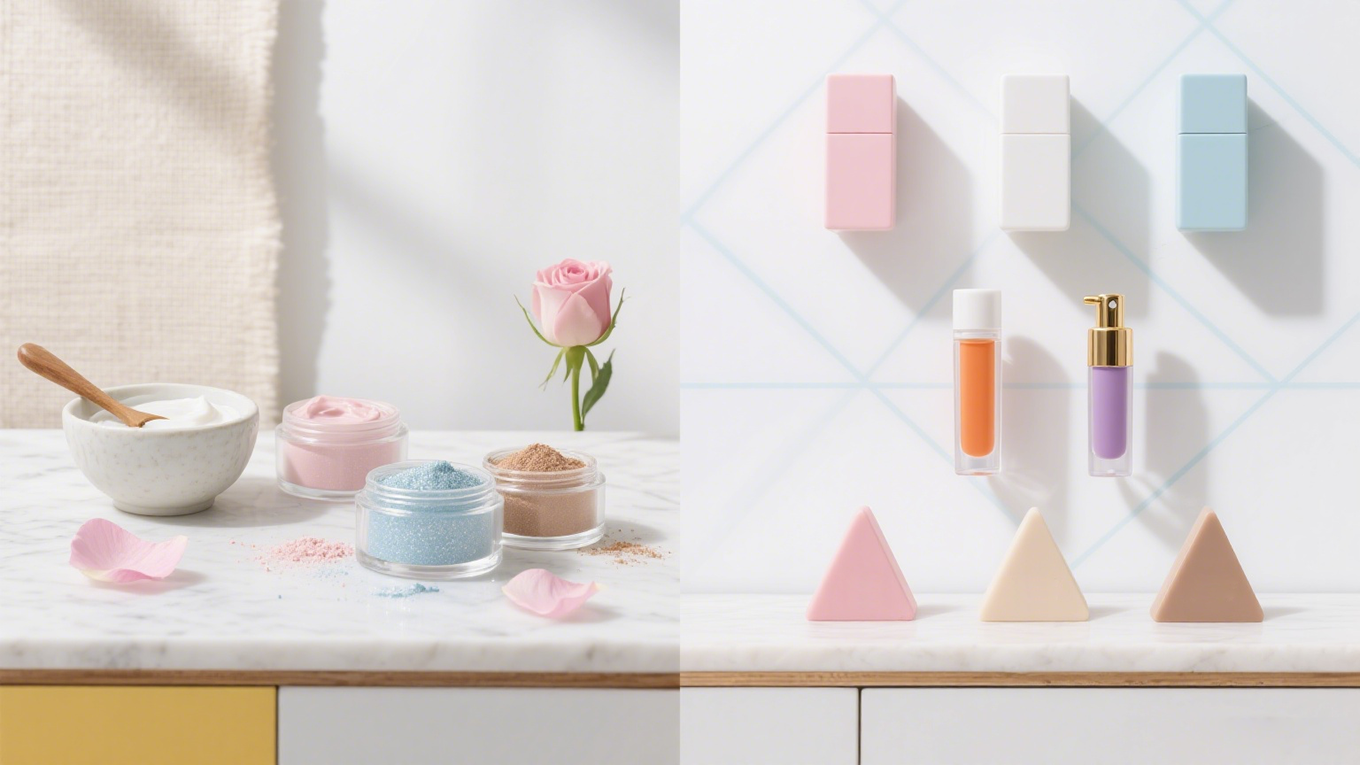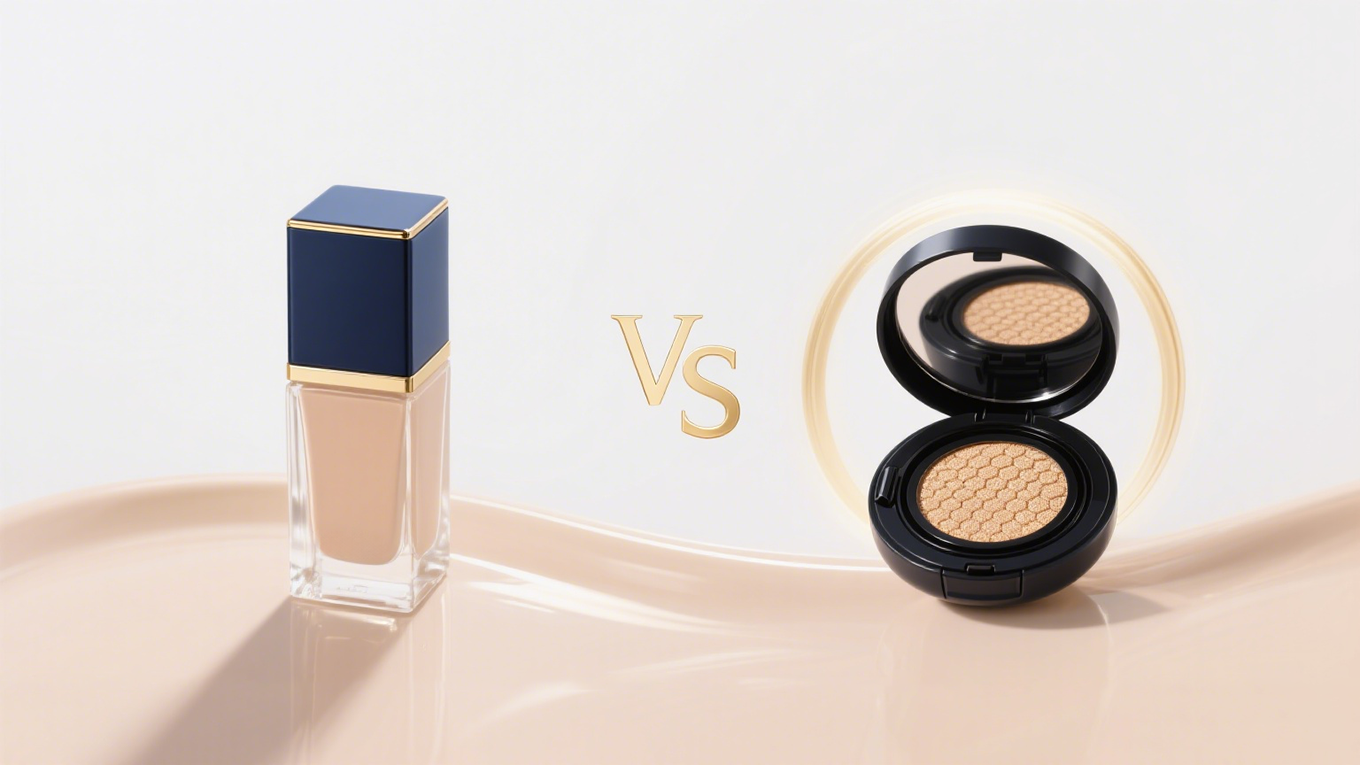In 2025, the intersection of beauty and wellness continues to gain momentum, with an increasing number of cosmetic brands claiming that their products not only improve appearance but also positively impact mood. From mood-boosting skincare to aromatherapy-infused makeup, these claims captivate consumers seeking holistic self-care. But the question remains: can cosmetic ingredients truly enhance mood, or is it primarily a marketing strategy? ZM Beauty Supply explores the science, trends, and practical insights surrounding this emerging phenomenon.
Understanding the Concept of Mood-Enhancing Cosmetics
Mood-enhancing cosmetics refer to products formulated with ingredients or properties believed to influence emotional well-being. This may include:
- Aromatherapy ingredients like essential oils (lavender, citrus, peppermint)
- Botanical extracts with calming or energizing effects (chamomile, ginseng)
- Color psychology in makeup, where certain shades are associated with happiness, confidence, or relaxation
- Textural experiences, such as creamy, silky formulas, that provide sensory pleasure
The appeal of these products lies in the notion that beauty routines can transcend mere aesthetics and contribute to mental wellness.
Popular Mood-Enhancing Ingredients in 2025
The following ingredients are frequently highlighted for their potential psychological benefits:
1. Essential Oils
- Lavender: Known for its relaxing properties, lavender oil is commonly incorporated in facial creams, bath products, and calming serums.
- Citrus Oils (Orange, Lemon, Grapefruit): Often linked to energy, positivity, and alertness.
- Peppermint: Provides a refreshing sensation that can stimulate and invigorate.
2. Botanical Extracts
- Chamomile: Helps soothe irritated skin and may promote relaxation, contributing to an overall calming effect.
- Green Tea: Rich in antioxidants, green tea can enhance skin health while its scent offers subtle mood benefits.
- Ginseng: Known to energize and revitalize, often featured in morning skincare routines.
3. Natural Minerals and Colors
- Pink or Peach Pigments: These colors are often associated with happiness and warmth in makeup products like blush or lip tint.
- Shimmery Micas: The visual sparkle can trigger sensory pleasure, boosting perceived mood.
4. Textural and Sensory Experience
- Silky creams, foaming cleansers, and soft applicators provide tactile satisfaction that may indirectly enhance emotional well-being.
The Science Behind Mood-Enhancing Cosmetics
Several mechanisms can explain why certain cosmetic ingredients or formulations may influence mood:
- Olfactory Pathways: The sense of smell is directly connected to the limbic system, the part of the brain that regulates emotions. Pleasant scents can evoke feelings of calm, happiness, or alertness.
- Sensory Stimulation: Smooth textures, gentle massages during application, and cooling sensations can trigger the release of endorphins, the brain’s "feel-good" chemicals.
- Visual Impact: Applying vibrant or harmonious colors can improve confidence, self-perception, and overall mood.
- Ritual Effect: Engaging in a consistent self-care routine fosters mindfulness and a sense of control, which may indirectly enhance mental well-being.
While these effects are often subtle and subjective, they are increasingly supported by studies linking sensory experiences in self-care routines to positive emotional outcomes.
Marketing vs. Reality: Where the Line Lies
Cosmetic brands often highlight mood-enhancing properties as a key selling point, sometimes exaggerating claims to capture consumer attention. While ingredients like essential oils do have scientifically recognized effects on relaxation or alertness, the overall impact is influenced by:
- Individual Sensitivity: Some people respond strongly to certain scents or textures, while others may notice minimal effects.
- Psychological Expectation: Believing that a product will improve mood can enhance perceived benefits due to placebo effects.
- Usage Context: A relaxing environment, proper application, and personal mindset play critical roles in whether mood improvements are noticed.
Ultimately, while cosmetic ingredients can contribute to a better mood, the results are often subtle and should not replace professional mental health interventions when needed.
Practical Tips for Choosing Mood-Enhancing Cosmetics
- Identify Your Preferences: Choose scents, textures, and colors that genuinely appeal to your senses.
- Check Ingredient Lists: Look for essential oils or natural extracts with proven calming or energizing effects.
- Experiment Mindfully: Try one product at a time to evaluate its impact on your emotional state.
- Combine with Routine: Incorporate products into daily rituals for a cumulative mood-boosting effect.
- Avoid Overstimulation: Excessive fragrances or highly scented products can irritate skin or overwhelm the senses.
Top Trends in Mood-Enhancing Cosmetics in 2025
- Aromatherapy Skincare: Products combining essential oils with moisturizers or serums for dual benefits.
- Color Therapy Makeup: Lipsticks, eyeshadows, and blushes designed with color psychology principles in mind.
- Sustainable and Mindful Beauty: Consumers gravitate toward eco-friendly products that provide emotional satisfaction through ethical choices.
- Hybrid Wellness Cosmetics: Items that blur the line between traditional skincare and aromatherapy, promoting holistic wellness.
- Interactive Experiences: Products that encourage engagement, such as DIY formulations or textures that change during application, enhancing sensory delight.
The Role of Ritual and Self-Care
Even if the chemical or sensory impact is subtle, the ritual of applying cosmetics can significantly influence mood. Setting aside time for self-care, enjoying the textures, scents, and visual effects of makeup, and creating a personal routine are all ways consumers experience mental benefits. This demonstrates that mood-enhancing cosmetics work not only through ingredients but also through the holistic act of mindful self-care.
Cosmetic ingredients in 2025 can contribute to mood enhancement, but their effects are often nuanced and influenced by personal perception, environment, and routine. While essential oils, botanical extracts, colors, and textures may provide real emotional benefits, marketing hype sometimes amplifies expectations. By selecting products mindfully, combining them with self-care rituals, and appreciating the sensory experience, consumers can genuinely enjoy the subtle joys of mood-enhancing cosmetics. ZM Beauty Supply encourages exploring this intersection of beauty and wellness responsibly, with a focus on personalization, sustainability, and holistic self-care.



